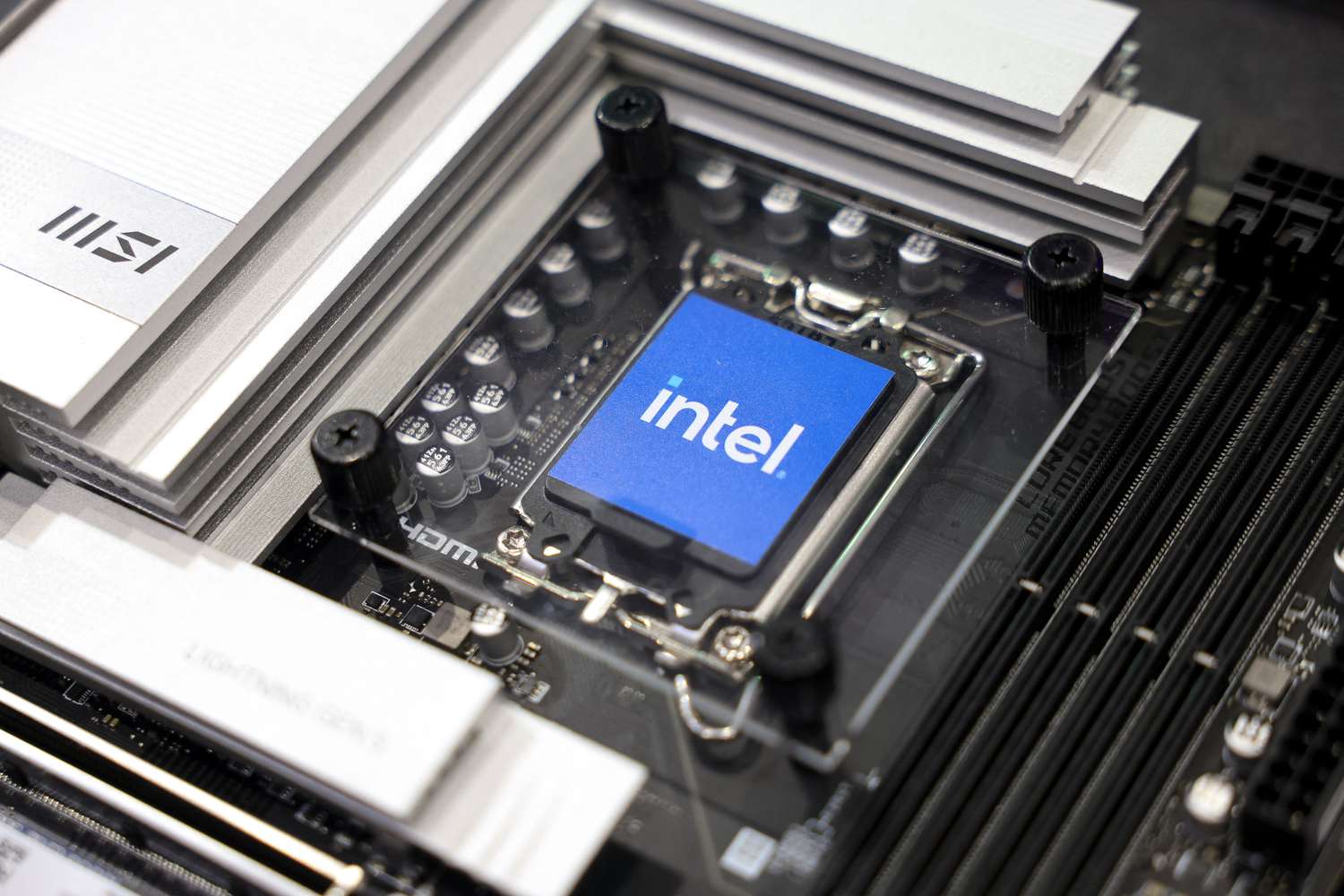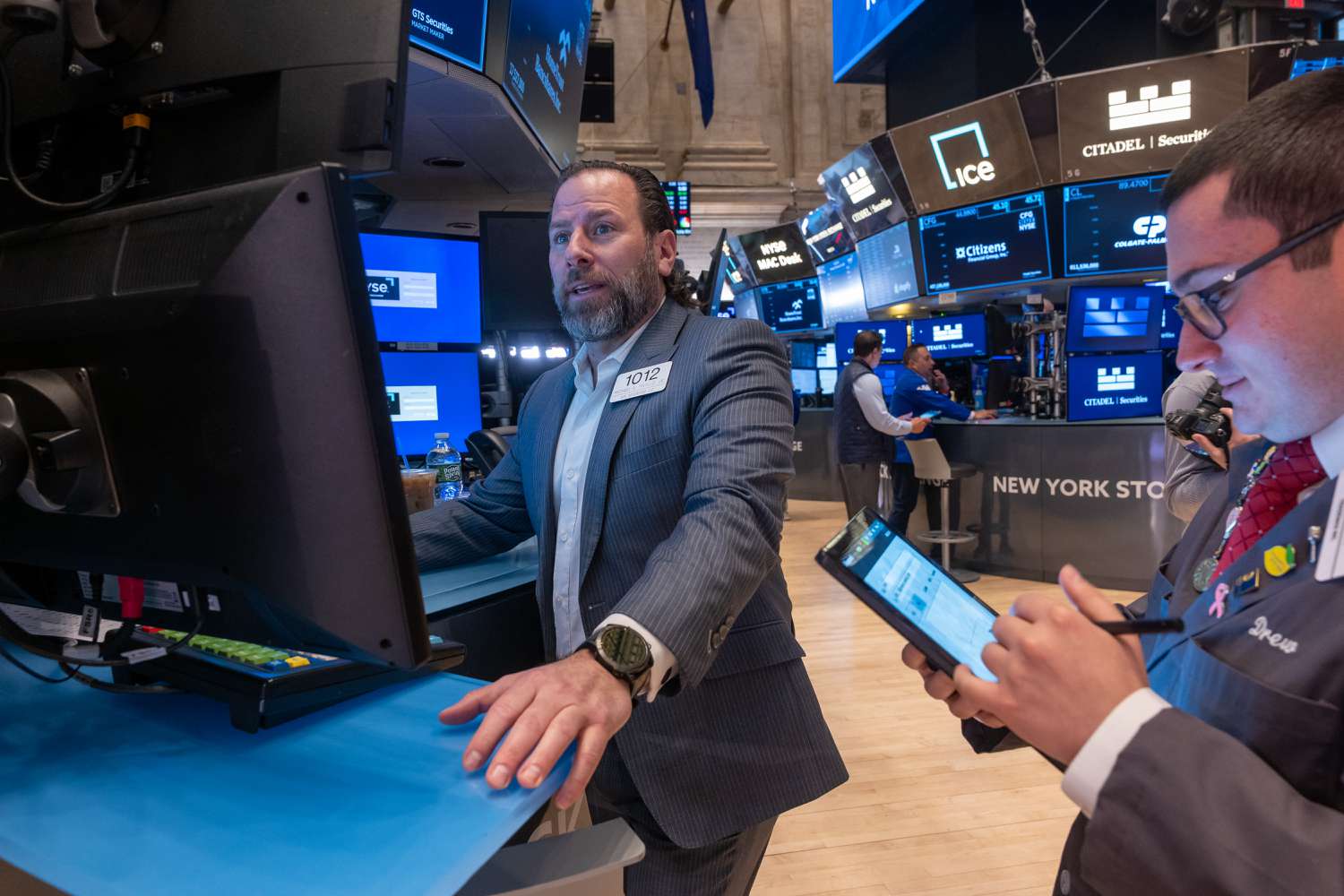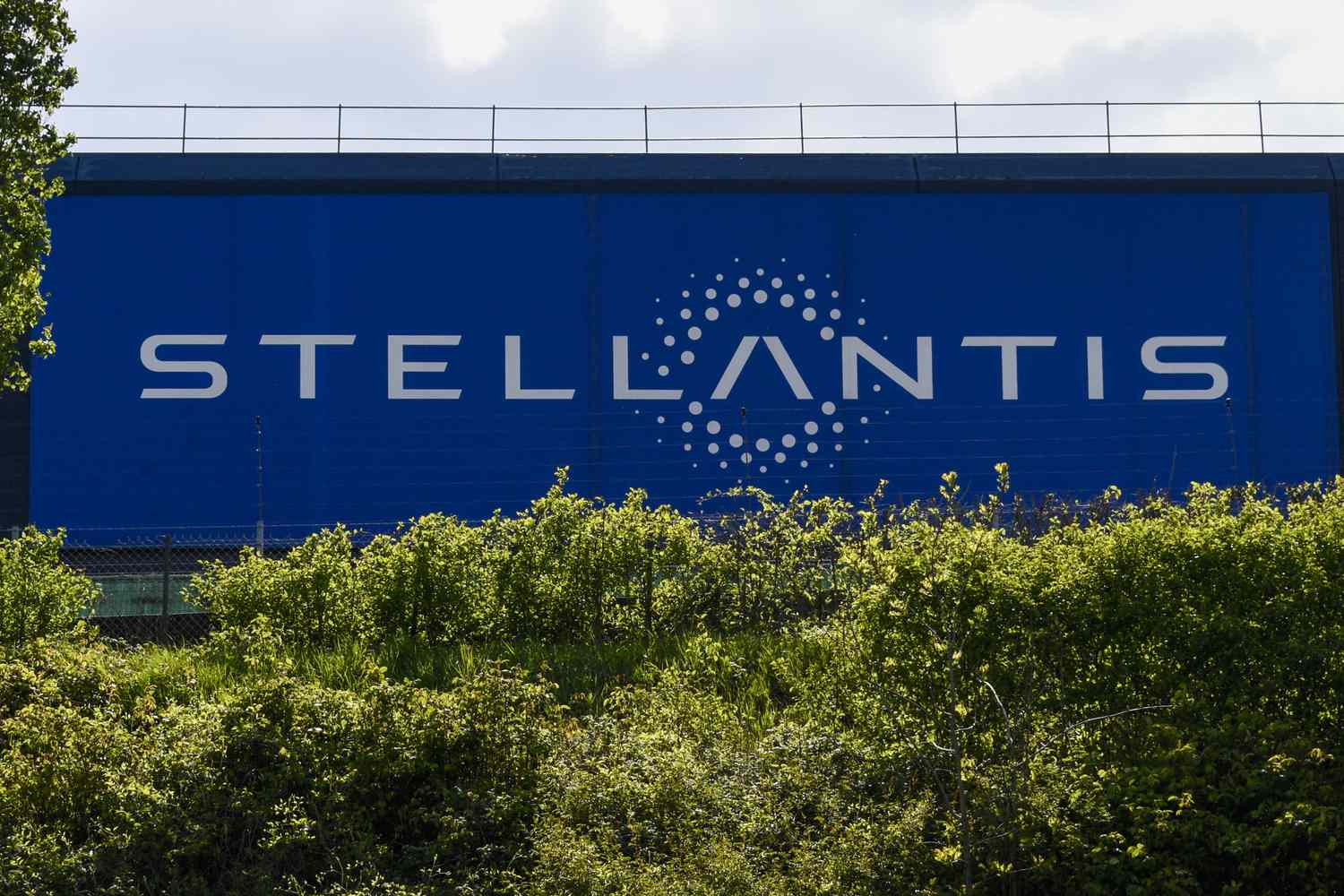Stocks hit a rough patch in February as the AI rally’s momentum waned and Wall Street grew antsier about an increasingly uncertain economic outlook.
The S&P 500 fell 1.4% last month, giving back a big chunk of its January gains, while the tech-heavy Nasdaq fell 4% to post its worst month since April as investors sold off some of last year’s favorite AI stocks.
Fourth-quarter earnings season will completely wind down in March, leaving Wall Street with far less to distract from this month’s economic data and the likely torrent of headlines out of Washington. Below, we look at stocks investors should keep an eye on this month.
Nvidia
Nvidia (NVDA) will host its annual GPU Technology Conference (GTC), which analysts have dubbed the “Woodstock of AI,” between March 17 to 21, with CEO Jensen Huang set to deliver a keynote address at 10 a.m. PT on March 18.
“We have some really exciting things to share with you guys at GTC,” CEO Jensen Huang said on Nvidia’s earnings call on Wednesday. He promised updates on its new Blackwell Ultra chip, expected to roll out later this year, and its next-generation Vera Rubin architecture.
Nvidia shares have been under pressure all year after a massive run-up following ChatGPT’s November 2022 release. The company lost nearly $600 billion in market value after Chinese start-up DeepSeek released an open-source AI model that required far fewer Nvidia chips than comparable American models.
Some on Wall Street argued the sell-off was a buying opportunity, and that DeepSeek’s efficiency was likely to benefit Nvidia in the long run. Huang echoed those sentiments on Wednesday, telling analysts that DeepSeek’s R1 had “ignited global enthusiasm” and driven innovation in reasoning models, which, Huang said, “can require 100x more compute per task compared to one-shot inferences.”
Nvidia shares gained 4% in February but are down 7% so far in 2025.
Tesla
Tesla (TSLA) shares fell 28% in February as investors grew increasingly concerned about the time CEO Elon Musk is spending culling the federal workforce.
Musk has become deeply involved with President Donald Trump’s administration as the unofficial leader of the Department of Government Efficiency’s campaign against government spending. He has even held a press conference in the Oval Office and attended Trump’s first cabinet meeting, despite not being a Senate-confirmed cabinet member.
Some investors have expressed fears that Musk’s government work will distract him from leading Tesla at a critical juncture for the EV maker. Musk has said he’s aiming to roll out full self-driving software and a Cybercab this year, a lofty goal that underpins Musk’s ambition to make Tesla a leader in not just electric vehicles, but in AI and autonomous vehicles.
Besides possibly distracting him, Musk’s DOGE work has risked tarnishing the Tesla brand. European registrations, a proxy for sales, were down 45% in January from the prior year, a precipitous drop that may be linked to public blowback against Musk’s controversial support for far-right politics on both sides of the Atlantic.
Investors will be watching this month to see if pushback against DOGE from Congressional Democrats, federal workers, and courts makes Musk even more consumed by his work in Washington.
Target
Target (TGT) is set to report earnings for the three months through January before markets open on March 4.
The report comes just a couple of weeks after Walmart (WMT), Target’s largest competitor, spooked Wall Street with a conservative full-year outlook. Walmart estimated net sales growth and operating income growth would slow this year. Its earnings forecast also fell short of Wall Street’s estimates.
Walmart’s report came a week after data showed Americans significantly reined in their spending in January after a strong holiday shopping season. That data, along with signs of stubborn inflation and uncertainty around President Trump’s ever-changing tariff plans, has helped cloud the economic outlook, putting market participants on edge.
Discretionary purchases make up a higher share of sales at Target than at Walmart or Costco (COST), which makes its sales slightly more sensitive to shifts in consumer preference and sentiment. Its January results and near-term outlook could clarify or add color to Walmart’s tepid forecast.
Target shares fell 9% last month, putting the stock down 8.1% year-to-date.
Momentum Stocks
Investors showed signs of souring on the AI trade last month, dealing a big blow to the market’s highest-flying stocks.
Palantir (PLTR), Applovin (APP), and Vistra (VST), three of the year’s best-performing stocks were among the worst performers in the second half of February. Palantir shares finished February 32% off their mid-month high. Applovin fell 38% from its all-time high in the last two weeks of the month. Vistra, despite topping earnings estimates late in the month, has lost a third of its value since hitting a record in late January.
The stocks, all of which more than tripled in value last year, had at times appeared unstoppable in their ascent. Applovin soared nearly 50% in a single day last November when it handily topped earnings estimates. Palantir stock jumped more than 20% after each of its two most recent earnings reports.
That changed last month as economic uncertainty and moderating growth at AI bellwether Nvidia bridled the optimism fueling the AI rally. Investors will be eyeing these and other momentum stocks closely for signs of a bottom or acceleration of last month’s slump.
Lennar
Homebuilder Lennar (LEN) is scheduled to report quarterly results on March 12. Investors will be paying special attention to executives’ comments on Trump’s protectionist trade policies.
Lennar will be the first major homebuilder to post results after Trump’s 25% tariffs on Canadian and Mexican imports, which as scheduled to go into effect on March 4. CoreLogic estimates Trump’s North American tariffs would raise homebuilding costs by 4% to 6% within 12 months of being implemented. Canadian lumber, Chinese steel, Mexican and Canadian concrete, and appliances are all imports that could cost more under Trump’s tariffs.
Executives are likely to be asked about the potential costs of tariffs on Lennar’s earnings call. They may also be asked if Trump’s vow to carry out mass deportations has affected the availability of construction workers, a disproportionate number of whom are immigrants.
Lennar shares fell nearly 9% last month as investors looked ahead to another year of elevated interest and mortgage rates.



















